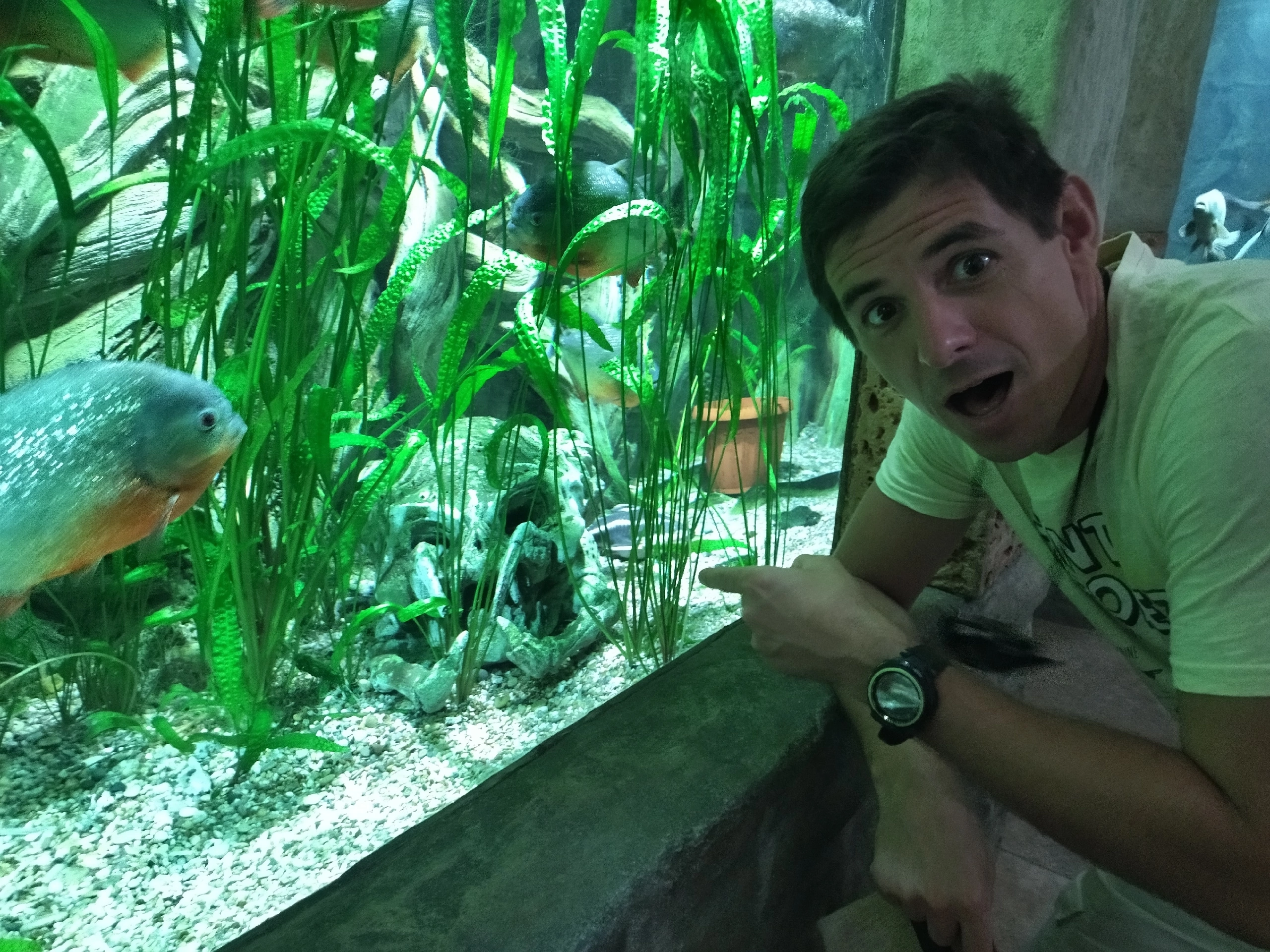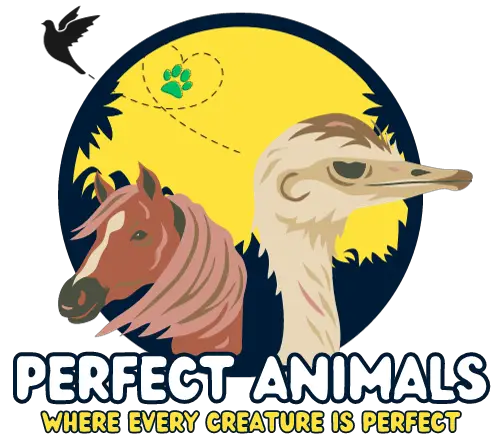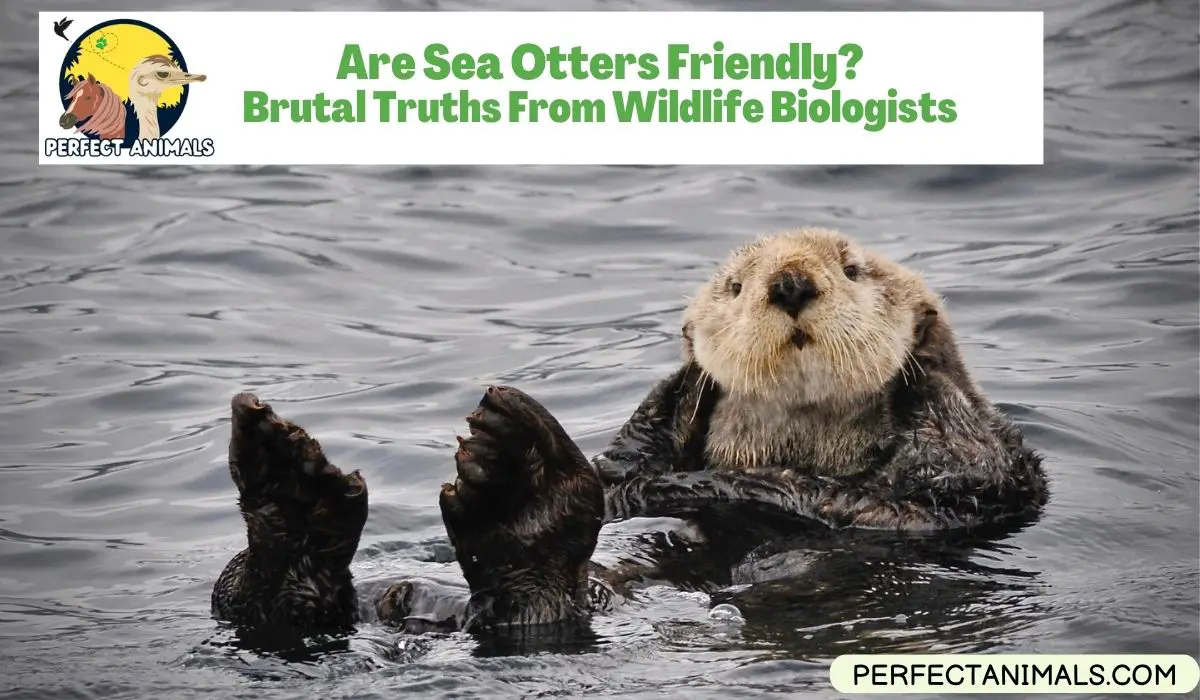With their playful personalities and almost constant grins, otters seem to radiate fun and friendship.
As highly intelligent and social creatures, otters form close bonds with members of their own species. But what about humans or other animals – are otters truly as friendly as they appear?
In this article, we’ll take a closer look at otter behavior to find out if these popular semi-aquatic mammals are good companions for people or might better be admired from afar.
We’ll learn about the differences between sea, river, and giant otters when it comes to demeanor.
Discover what the friendliest otter species is as well as their capacity for building connections.
We’ll also investigate whether otters enjoy interacting physically with humans.
By the end, you’ll have a better grasp of these cute creatures and their potential for friendliness with humans and animals.
Are Sea Otters Friendly to Humans?
When it comes to friendliness between sea otters and humans, the answer tends to be: that it depends. Though undeniably adorable, sea otters often display more curiosity than outright affection when encountering people.
In the wild, sea otters may allow quiet, calm observation from humans floating nearby for short periods.
But they likely won’t seek out human interaction on their own beyond superficial inspection.
Some sea otters even throw shells or other objects toward unfamiliar humans venturing too close, signaling their wariness.
That said, orphaned sea otters at aquariums and wildlife centers often form close, playful bonds with human caretakers during months-long rehabilitation.
Trainers and staff at these facilities frequently describe affectionate behaviors like nuzzling and gentle nibbling from otters under their care.
The otters begging for food and attention from familiar staff demonstrate their capacity for attachment given time and interaction at a young age.
So while sea otters might not immediately greet unfamiliar humans with warm hugs, they can develop fond relationships with regular human companions over time.
Their natural curiosity and intelligence prime them for sociability.
Related Article – Do Seals Eat Penguins?
Are Sea Otters Friendly to Dogs?
When it comes to sea otter interactions with our furry friends, it’s best to keep dogs at a distance.
Sea otters typically perceive dogs as potential predators, regardless of the dog’s friendliness or size.
Within their ocean habitat, sea otters must constantly be vigilant against attacks from sharks or other carnivorous marine mammals.
Their instincts make them naturally wary of unfamiliar animals, which extends to our household pets.
There are some accounts of friendly encounters between wild sea otters and particularly calm dogs on beaches.
However, these are rare exceptions, likely occurring due to the otter’s previous exposure to dogs and the assessment that the dog poses no serious threat.
Face-to-face meetings on land almost always result in the sea otter retreating quickly back to the water even without overt aggression.
On the whole, combining dogs and sea otters is an uneasy and potentially dangerous mixture for both species.
While videos of dogs and otters “playing” together may look adorable, these usually involve orphaned otters habituated to the canine company through rescue centers.
For wild sea otters unfamiliar with dogs, interactions could turn hazardous very quickly through defensive biting or infection transmission.
For the safety and consideration of both otters and pet dogs, keeping them separated is the wisest course of action the majority of the time.
You May Also Like – Do Orcas Eat Polar Bears?
What is The Friendliest Otter Species?
Of all the extroverted otter types, one newly spotlighted variant earns particular acclaim for its ultra-sociable temperament – the wood otter.
Documented in recent years among giant otters in supervised settings, these gregarious mustelids display outsized affability even compared to their already amiable giant otter kin.
Keepers characterize wood otters as bursting with upbeat curiosity, evident in their constant engagement with available stimuli from toys to humans.
Their excitable nature fuels a tremendous appetite for play and interaction both within their close-knit families and toward relative strangers.
No stimulation seems to go ignored or under-examined by these energetic specimens based on handlers’ reports.
This welcoming disposition makes wood otters arguably the otters most receptive to human bonding given a proper introduction.
While giant otters as a whole rate among the more socially inclined species, wood otters appear significantly more extroverted and people-oriented within captive environments thus far observed.
Early evidence suggests an exceptionally friendly wild otter subtype in the making as conservation supports wood otter population growth.
So for those seeking the most companionable otter encounter in supervised settings, the wood otter makes a top contender based on its dynamism and total embrace of available friendships.
Still, more study is needed on wildwood otters, but early captive accounts display their outstanding potential for amicable interspecies relationships within close human care.
You May Also Like – Do Penguins Have Tails?
Do Otters Like Hugs?
When it comes to snuggly physical affection, otters have mixed preferences for hugs depending on species and familiarity with the human partner.
Parent otters cradling pups provide prime examples of enjoyably cozy body contact within their kind. But for embracing humans, individual otter sociability and wildness factors greatly.
For recently rescued orphaned otters, close physical interaction with human caretakers can be warmly welcomed, especially when young.
Giant otter pups in particular become highly attached to familiar staff, even seeking out hugs once conditioned to hands-on feeding and care.
However, attempts at cuddling by strangers face a high chance of rejection or defensive behaviors across species.
Wild otters also show limited instincts for snuggling with unfamiliar humans, prioritizing wariness over affectionate touch in chance encounters.
Yet curious wild otters may indulge in very brief, light petting by trusted wildlife experts in some accounts.
When habituated to non-threatening human friendships, otters can demonstrate better tolerance for physical handling including tentative hugs.
So while otters certainly crave intimate contact within their family structures, their receptiveness to human hugs relies strongly on established familiarity and trust.
For both giant and sea otters, early positive interactions with handlers best prime them for appreciating a friendly embrace rather than reacting fearfully.
While not every otter enjoys grasping hugs, they can develop strong enough bonds with caregivers over time to accept such squeezes.
Can Sea Otters Feel Love?
Evidence suggests that the answer is yes – sea otters appear capable of genuine affection and attachment toward mates and offspring.
Wild sea otters typically mate for life once a year, with pairs traveling and hunting together long-term.
Males in particular defend and assist new mothers vigilantly post-birth. Lifelong mated pairs have been observed engaging in “holding hands” behavior while floating together at the surface, enjoying close company.
Rescued orphaned sea otters needing months of nurturing rehabilitation also indicate the ability to form real bonds of trust and comfort with human caretakers through positive repeated interaction.
These otter pups vocalize upon the caretaker’s arrival and seem to crave their touch, gaze, and playfulness beyond simply food provision, suggesting emotional as well as physical dependence.
In some cases, orphaned otters have even risked their safety or impeded release efforts to stay near familiar human companions.
So while challenging to scientifically “measure” love compared to cognition, hormones, and behavior, the cumulative evidence implies sea otters feel profound connections in various relationships.
Parent-offspring bonds and longtime mated pairs signify sea otters can and do experience complex attachment beyond the basic reproductive drive.
Their high intellect and emotions likely include genuine affection equivalent to our concept of love on some meaningful level.
You May Also Like – Orcas Eyes | Amazing Facts You Never Knew
Final Thoughts
Otters captivate us with their intelligence, playfulness, and apparent outgoing nature. When observing these semi-aquatic carnivores, it’s tempting to envision them as the perfect friendly companions both in and out of water. However, the reality proves more nuanced.
While some orphaned otters can bond deeply with human caretakers, most wild otters sensibly keep their distance from unfamiliar humans and dogs despite their curiosity.
Of the different species, giant otters and the newly classified wood otters rate as the most socially prone toward their own kind and open to supervised human interactions when habituated properly.
Still, attempts at touching or hugging unknown wild otters fail to end well.
At the end of the day, all otter species exhibit understandable caution and self-preservation instincts coexisting with remarkable emotional capacity.
While not overtly seeking physical affection from humans, they form vital social bonds and likely genuine affection toward mates, offspring, and other familiar otters.
Their compassion also enables relationships with individual humans who respect boundaries and invest proper time.
Our responsibility remains to let wild otters initiate any interactions and uphold responsible observing distance. With wise precautions by both species, marvelous friendships can flourish.
Resources – (for further reading)
Wikipedia – Sea otter
Monterey Bay Aquarium – Sea otter | Animals
National Geographic Kids – Sea Otter – Animal profile, pictures, facts, range map

Jamie has a rich understanding of marine life, garnered through extensive study and hands-on experience with various marine organisms. He has actively participated in marine education programs, broadening public understanding of the ocean’s intricate ecosystems.

